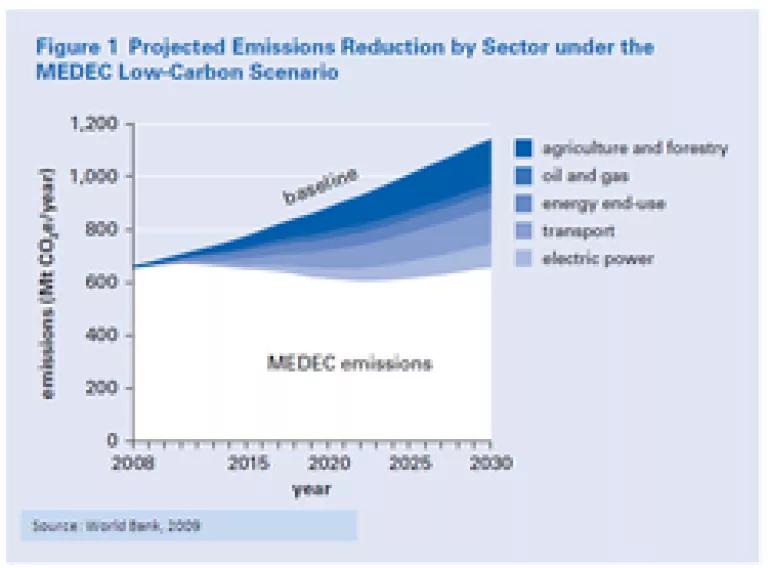
In the lead-in to the Cancun Global Warming Negotiations, the Mexican government was debating a national climate law – the General Law on Climate Change. Unfortunately that measure wasn’t signed into law before Cancun, but Mexico has just moved a bit closer to passing a national law to direct its climate change action beyond the current Administration. The Mexican House of Representatives – one portion of its Congress – has just passed a new climate law. All it needs now is the pass the Mexican Senate again – it passed an earlier version in December of last year – and be signed into law by President Felipe Calderón.
The bill passed the Mexican House by a vote of 280-10 with one abstention. This strong support shows the overwhelming multi-party support for addressing global warming in Mexico which is hopefully signs of more things to come. [For some reaction and more details see the reactions from our friends at the Mexican NGO CEMDA and WWF.]
The bill that passed the House would include provisions to:
- Establish in domestic law the country’s target to reduce its emissions 30 percent below business-as-usual emissions by 2020 and 50 percent below 2000 levels by 2050. This is a target that Mexico announced back in 2008 and was later reaffirmed at the Copenhagen Climate Summit.
- Direct the Ministry of Finance and the Energy Ministry to develop incentives to promote renewable energy, which would be an important step towards scaling-up the deployment of renewable electricity in Mexico. While Mexico has shown some progress on clean energy over the past couple of years, the amount of clean energy investment in Mexico declined by 97 percent last year according to a new report. So hopefully this would reverse this trend.
- Define a goal to increase the amount of electricity generated from renewable sources by establishing an aspirational target to produce 35% of its electricity from renewable sources by 2024. Mexico has abundant sources of renewable energy with some of the best wind in the world located in Oaxaca and lots of sun for solar electricity but renewable electricity is still a small share of its electricity mix. In 2010 wind, solar, geothermal, tidal, and wave power accounted for 2.7 percent of its electricity production, according to the Energy Information Administration.
- Create a high-level climate change commission to oversee national climate policy over sustained Administrations. President Calderon established an inter-ministry panel, but the law would ensure that high-level multi-ministry engagement occurs even after his term is over.
- Require mandatory emissions reporting for the largest source of global warming pollution in the country. This is an important tool as the saying goes: “you can’t manage what you don’t measure”.
- Support the development of a domestic emission trading system, but the bill wouldn’t mandate the establishment of such a program. Earlier in the Administration of President Calderón there were some hints that they might adopt a cap-and-trade program for the largest sources of global warming pollution in the country (e.g., the power sector and cement).

This bill would help Mexico move closer to taking advantage of the many cost-effective emissions reduction opportunities that are available to them. For example, the World Bank found that Mexico could cut its emissions to 2008 levels for a cost of less than $10 per ton of reduction (see figure).** Given the dramatically lowered cost of wind and solar in recent years, the cost of such reductions may be even lower. The fleet of passenger vehicles available to Mexico has also significantly improved as the strong car standards adopted in the U.S. and the ones being implemented in Europe will have an important impact on the market in Mexico. For example, the car manufacturers in the US, Europe, and Japan are the same as in Mexico so the markets are closely intertwined.
Let’s hope that the Senate and the President take the next step. And then let’s hope that Mexico follows through with the necessary new policies to address global warming as the new law envisions.
This is a positive step as countries like Mexico are continuing to move forward at home.
-----------------
* Photo: Courtesty of J. Luis López, under the creative commons license.
** Figure from World Bank, 2009, Low-Carbon Development for Mexico. Around 80 percent of these reductions could be achieved at less than $10 per ton, while the remaining portion would cost less than $25 per ton.
